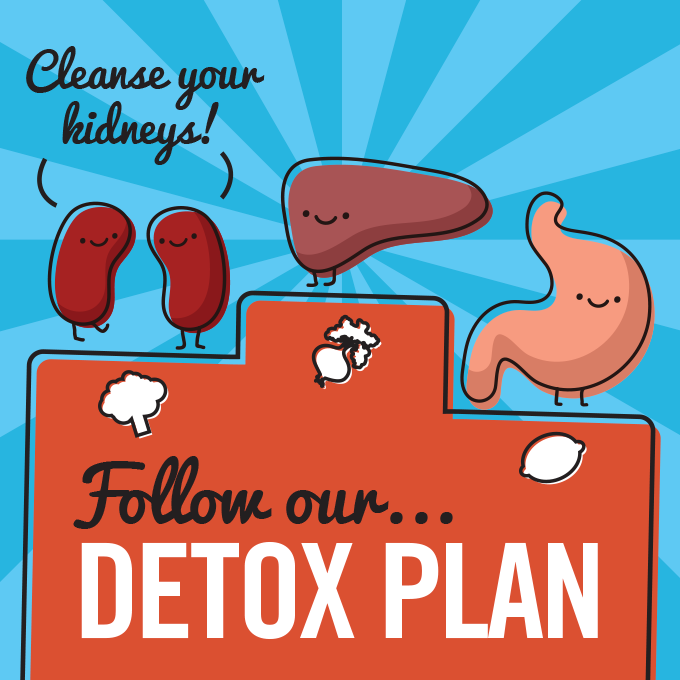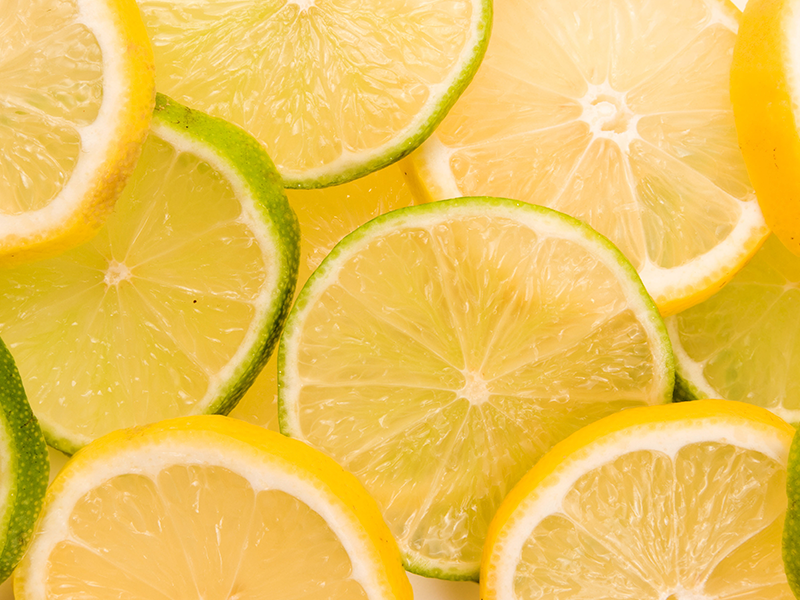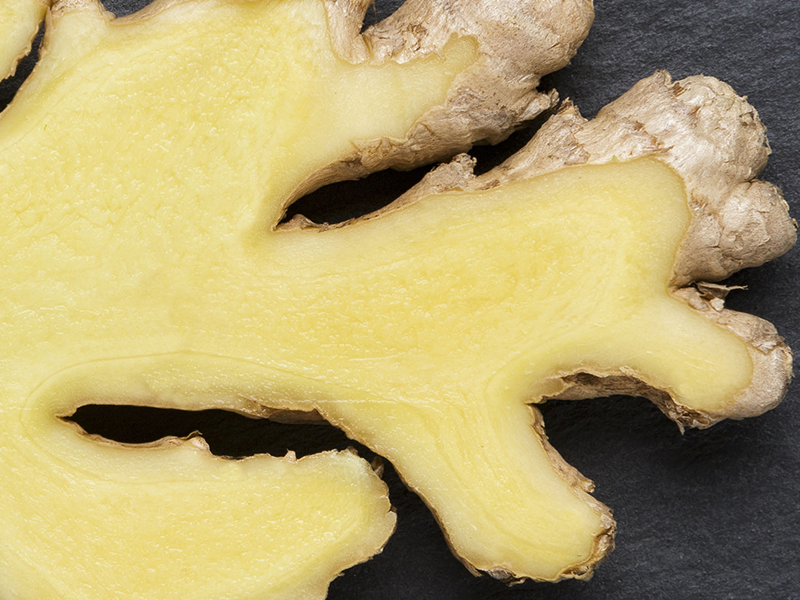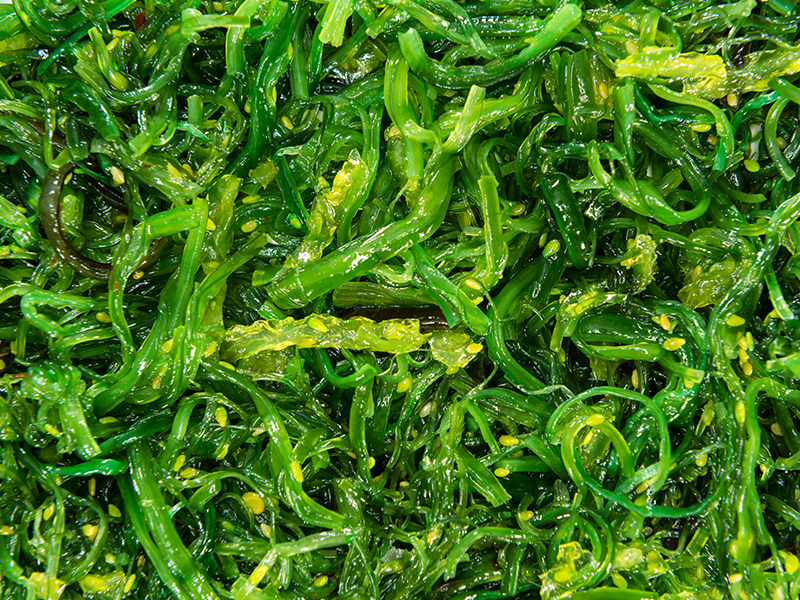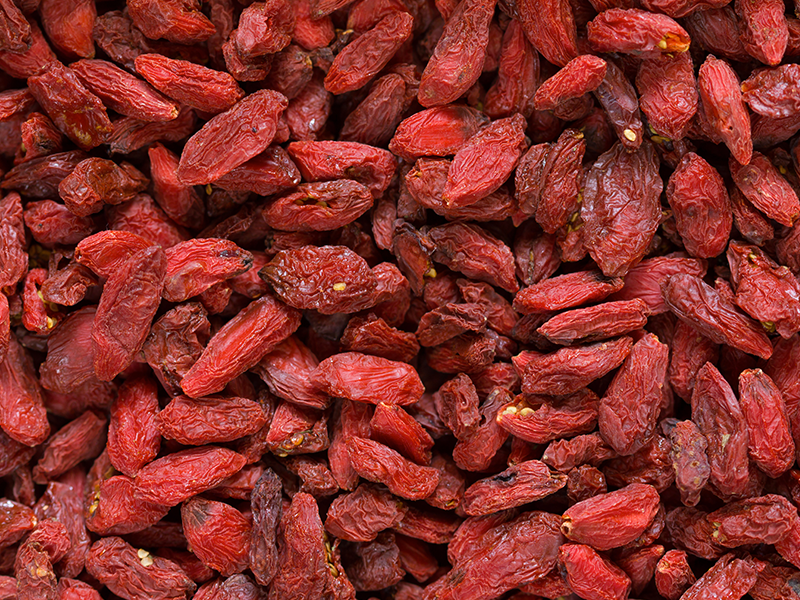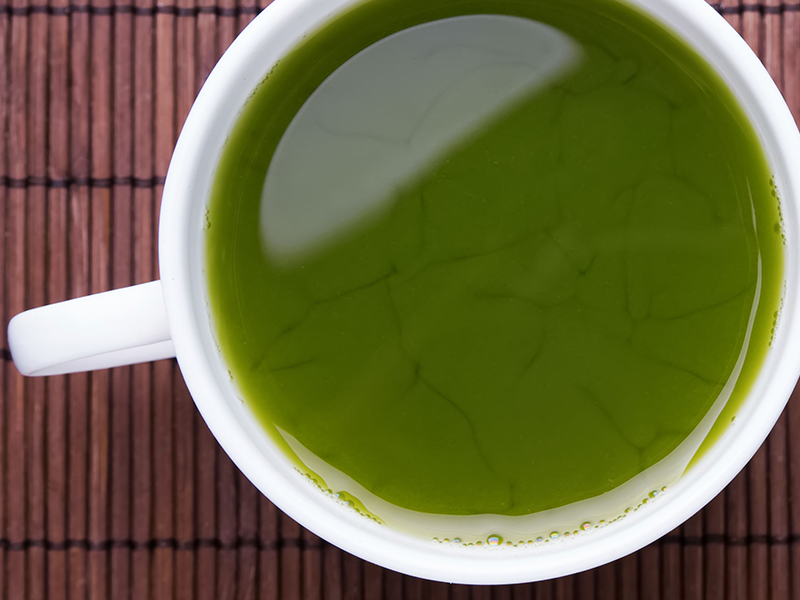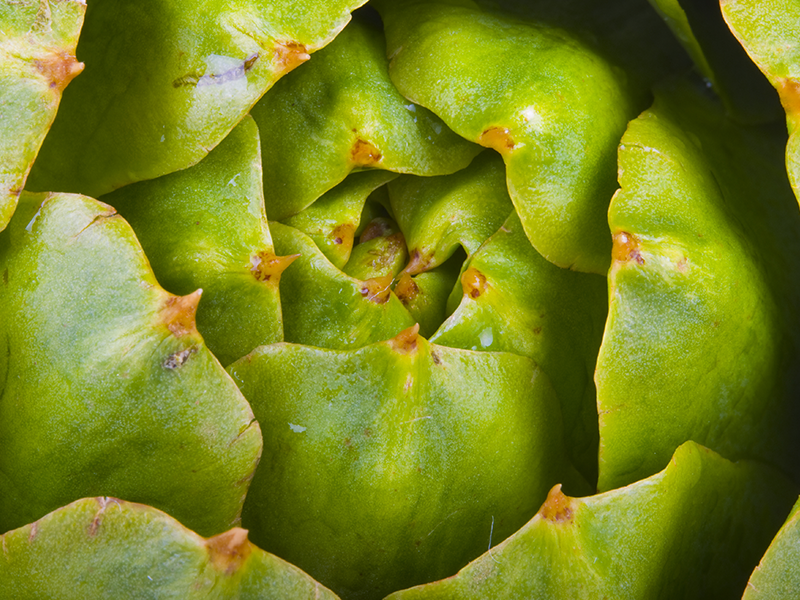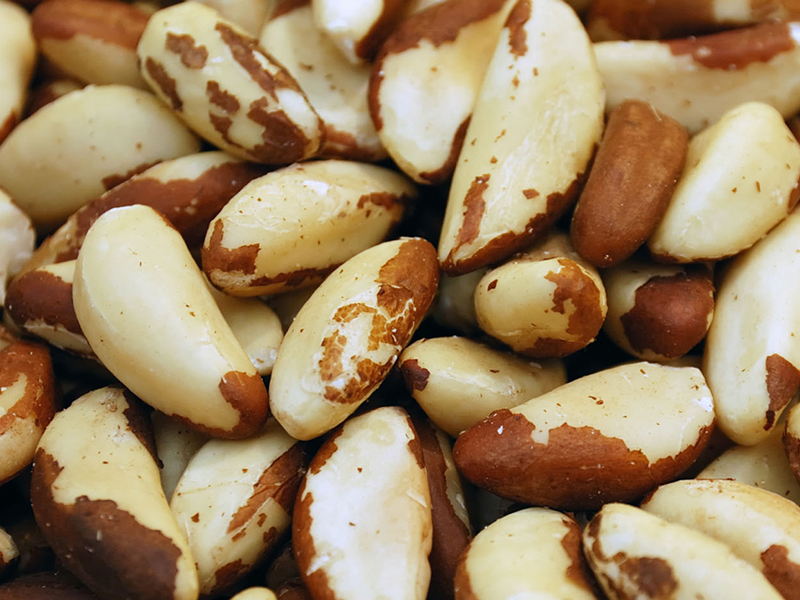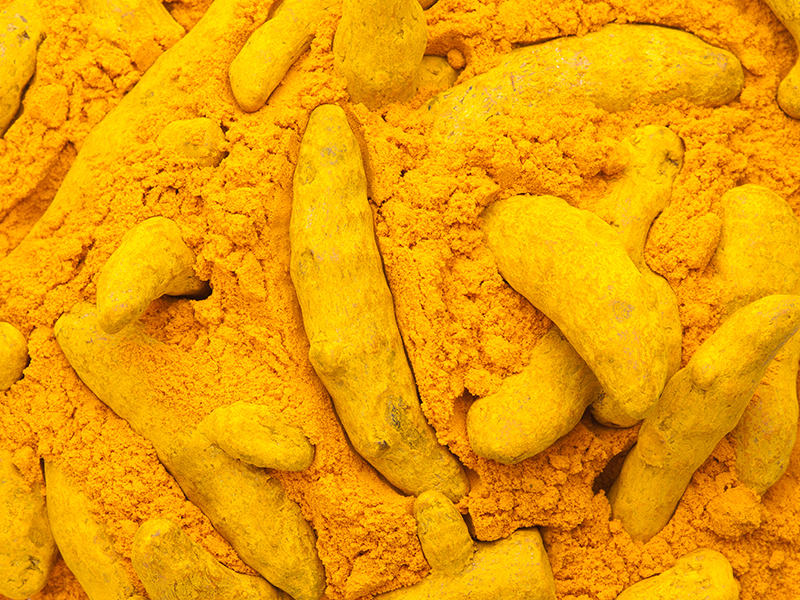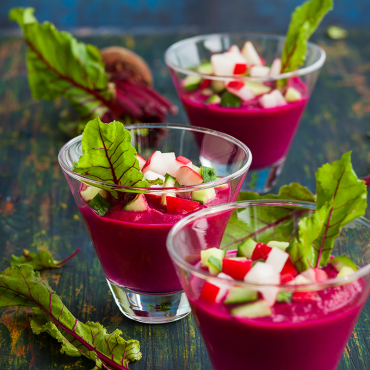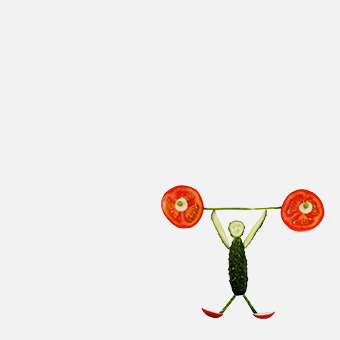Detoxing literally means the removal of toxins from the body. Detoxification does occur naturally in the body, but living in the modern world, breathing in polluted air and consuming processed food and unfiltered water, sometimes we may need an extra boost to help the system along. In 2014, a third of the diets on the most-googled list were related to cleansing, detoxing or fasting with the “Clean 9” diet, where you consume aloe-vera based products for nine days, coming top.
New Year, New Start
Not only are temptations of fattening Christmas goodies strong towards the end of the year, but with work dos and family parties, the social calendar builds, which means more excuses for eating, drinking and certainly being merry in the process. Not surprisingly, the most popular time for people to consider a detox is the beginning of January, when resolutions are still firmly in place, and the aftermath of the Christmas and New Year binge stops being appealing and becomes too much to handle. With the packing away of the Christmas tree and tinsel comes a need to clear the cupboards of junk and hit the nutrition reset button.
The debate: Is detoxing good for you?
There’s a large divide across the health industry as to whether detoxing diets are essential, a fad, or in fact harmful. This is probably because of the images that are brought to mind when mentioning a detox: endless sludge-coloured concoctions, intrusive procedures and most frustratingly, hunger. Diets of this kind also often involve expensive remedies or ingredients that are not easily obtainable.
The word “detoxing” itself is also quite a broad term. As far as nutrition goes, our eating plans and digestive systems are as unique as we are, and therefore not all detoxing diets will suit everybody, or be needed by everybody. For example, it is not recommended that you detox if you are pregnant, breastfeeding, elderly, under weight or have high blood pressure. Equally, for people with health conditions, cutting out certain foods may cause more harm than good.
Top 10 detoxing foods
1. Beetroot
Look on any list of detoxing foods and you’re bound to find beetroot at the top. Beets contain iron, calcium, magnesium, betaine, B vitamins and antioxidants, and are great for keeping your liver healthy. They also support good health in your gallbladder, as well as being high in fibre to aid digestion. Consuming beetroot in any form will provide you with the benefits, but raw and with the leaves included is best.
2. Citrus
Not only are lemons and other citrus widely accessible at any time of year, but they’re also easy to add to any meal to give extra flavour and zing. They are a staple in a detoxing diet and they stimulate the release of enzymes in the body, aiding the conversion of toxins so that they can easily be excreted. It’s also believed that drinking lemon water first thing in the morning is a good way of balancing out the acidity that may be formed in the stomach from all the foods that have previously been consumed.
3. Garlic
Who doesn’t love a bit of smelly garlic? Garlic has been used for its medicinal qualities since ancient times, believed to have protected against black plague and gangrene. It doesn’t flush out toxins from the body like other ingredients on this list, but it does support the liver and immune system through its high levels of vitamin C. Fresh garlic also contains the antioxidant alliin which breaks down into allicin when you crush or chop it. This has many strong healing properties.
4. Ginger
Similar to garlic, ginger has been benefitting people’s health for thousands of years. It’s anti-inflammatory, anti-ulcer, and a natural painkiller too. The high concentrations of gingerol and shoga help to stimulate digestion (combating bloating, diarrhea and constipation), circulation (preventing clotting) and sweating, and therefore put it high on the list of detoxing and cleansing foods. Of course you can eat or drink ginger, but if you’re feeling adventurous, soaking in a bath with added grated or ground ginger will also help you to detox.
5. Sea vegetables
Seaweed contains the broadest range of minerals of any food and has the ability to absorb toxins from the body and alkalize the blood. Kelp is also a new superfood that will hit during 2016. As well as minerals kelp is full of vitamins, iodine, antioxidants and alginates, which help with detoxing and weight control. You can eat kelp fresh, but also take it in powder, capsule and tablet form.
6. Berries
Like garlic, cranberries are very high in vitamin C, which thins bile in your system and allows the liver to metabolize fats better. Vitamin C binds the toxins, making it easier for your liver to remove them. Also high in this nutrient are blueberries, considered a super food for its antioxidant qualities. A trendier berry to hit the super food market in recent years is the goji berry, usually found in health food shops in a dried form. They look like raisins and are incredibly sweet, and as well as detoxing, they are energy-boosting and strengthen your immune system. This goes for pomegranate seeds too.
7. Teas
There are many tea brands out there that have jumped on the bandwagon of producing teas that are specifically designed to detox. But what are the elements that are particularly detoxing? Green tea has many detoxing benefits, including speeding up your metabolism, rehydrating, improving immunity, and supposedly preventing against arthritis, diabetes, some cancers and degenerative and neurological diseases. Japanese matcha tea has the nutritional equivalent of ten cups of green tea. Both contain chlorophyll, which not only gives them their green colour, but helps to eliminate chemicals from the body. Dandelion is often found in tea for its strong detoxing qualities too.
8. Green veggies
There are some surprising green vegetables that are detoxing. You may already have plenty of these in your diet, but it won’t be too difficult to introduce them if you decide to detox. Artichokes have antioxidant plant compounds called caffeoylquinic acids which help treat liver disorders, and help to detox the kidneys and gallbladder as well. All cruciferous vegetables (meaning they have cross-shaped flowers) are great detoxers and reduce the risk of certain cancers. These include broccoli, cabbage, Brussels sprouts and kale. Asparagus is also a diuretic which helps with a detoxing diet.
9. Nuts and seeds
Nuts are great for snacking on, and eating varieties like Brazil nuts and almonds will help to detox your system. Just two Brazil nuts a day provides the body with the amount of selenium it needs, which detoxifies the body of mercury. Almonds help to stabilize blood sugar, as well as removing impurities from the bowels. Seeds too are easy to add into meals or smoothies. Like nuts, seeds are high in essential fatty acids, and their high fibre levels help stimulate bowel movement. If you can’t easily get hold of flaxseeds or flaxseed oil, sesame seeds are also a good option.
10. Herbs and spices
Turmeric is the super spice of detoxing. It contains an active ingredient which increases the liver’s ability to neutralize toxic chemicals. Parsley is said to help eliminate salt build up in the kidneys, and watercress has more iron than spinach, more calcium than milk, and three times as much vitamin E than lettuce (all helpful when detoxing your system).
7-day detoxing plan
If you’re considering giving your system a detoxing boost, why not initially start with seven days of cleaner eating, focusing on the foods listed above? Below are ideas for each meal to get you started:
first thing
Start every morning with a glass of lemon water. Throughout the day, you should aim to drink three litres of fluid, which can be in the form of water or herbal tea.
breakfast ideas
A freshly made smoothie is a good option to start the day with. This could be made mainly of vegetables, using spinach or kale as a base, or a fruit smoothie can also be detoxing. Include all of your favourites, but remember to add in detox boosters like flaxseeds, cranberries, blueberries, goji berries, ginger and a good squeeze of citrus. To make it creamier, bananas will work well.
lunch ideas
For a cold day, a vegetable based soup will warm you up and get you detoxed. A beetroot soup, for example, is not only attractive in colour but also tasty too (see recipe below). Try spicing it up with turmeric or a handful of detoxing herbs like watercress or parsley. If a salad is more your thing, the possibilities are endless. Get some colour in with red cabbage and grated carrot, creaminess with avocado and added crunch with fennel and celery, remembering that the best nutrients will be found in raw vegetables.
snacking ideas
Raw fruits and vegetables are always a good choice for snacking in between meals, but this could also be a good time to eat nuts such as Brazil nuts and almonds. Throughout the day, keep your fluids up with matcha or green tea.
dinner ideas
Fresh salmon has many health benefits. Enjoy a steamed or grilled salmon fillet for dinner, with just a small amount of oil if you need to, and possibly some sesame seeds sprinkled over for extra taste. Lean meats can also be an option, although some suggest limiting them to two servings a week. Legumes such as beans, peas or lentils will provide lots of fibre and be filling too. Then, fill your plate with loads of detoxifying steamed vegetables, including artichokes, asparagus, green beans, onions, broccoli and of course, some leafy greens too. If you’re feeling adventurous, this could also include some sea vegetables like seaweed and kelp. For vegetarians, the salmon can be replaced with tofu.
Foods to avoid
- Processed or fatty meat products like burgers and sausages
- Wheat products including bread, pastries, cereals, cakes and biscuits
- Dairy including butter, milk, cheese and cream
- Savoury snacks like crisps and salted nuts
- Sweets, chocolate, jam, sugar and artificial sweeteners (this includes honey and agave syrup)
- Ready meals, ready made sauces and takeaways
- Alcohol
- Coffee
- Shop-bought dressing or sauces
- Carbonated drinks, including diet options
- Salt

